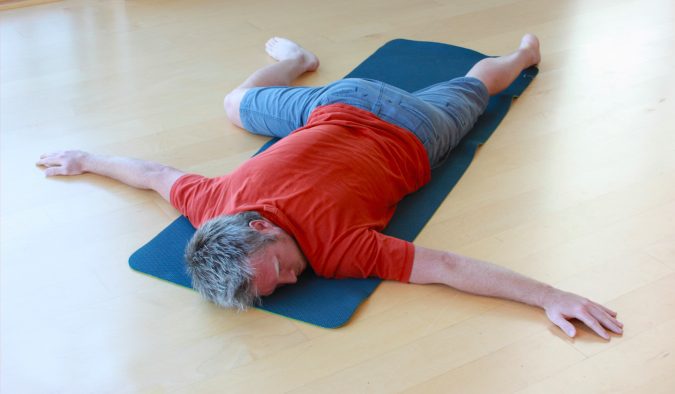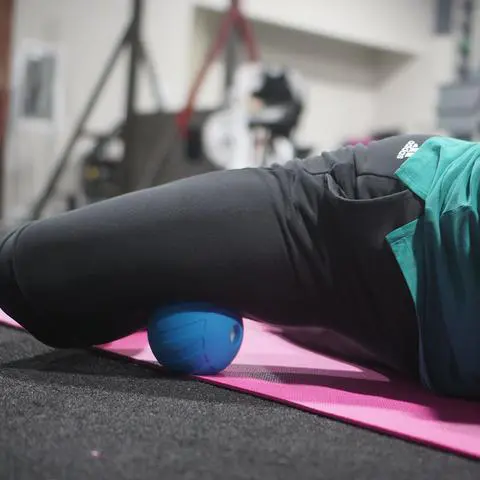
The best online fitness resource you'll ever need. We filter out the BS to ensure you meet your health and fitness goals!

The best online fitness resource you'll ever need. We filter out the BS to ensure you meet your health and fitness goals!

Adductor release exercises can be crucial in building and maintaining long term mobility through the hips. Tight adductors can impair hip range of motion, making common movements and exercises like squatting, lunging and even walking uncomfortable or unattainable. They can also lead to chronic hip and lower back pain.
As such, adductor stretches and mobility routines often form a cornerstone of rehab programmes for the hips and lower back.
They should also form a large component of your regular mobility drills. If you perform them just once or twice a week, you will be saving yourself a lot of grief later on. You will also find your ability to squat deeply will be improved, as will your ability to maintain good posture and form under load. Your lower body strength movements will all improve accordingly.
Here are some common adductor release and mobility exercises for you to try out.

Let’s begin with the basics. Hip flexion and abduction can be very badly impaired by tight adductor muscles, especially the adductor magnus. The adductor lunge is a perfect stretch to either improve or restore this motion, or to prevent it from tightening in the first place. It should form a staple static stretch at the end of any lower body training session.
You may want an exercise or yoga mat for this. As you’re kneeling on the ground, you may additionally want a pillow.
To perform the adductor lunge stretch:
The lateral lunge is another perfect classic adductor stretch. It’s easy to perform, can be done anywhere, from standing, and takes no equipment. This means both that you can perform it workouts, after a long run, or simply wherever you are, several times throughout the day.
To perform the standing lateral lunge:
Though there is a fair amount of debate over the efficacy of self-myofascial release, it does appear to improve mobility. Many athletes have experienced benefits from performing them, using either foam rollers, lacrosse balls or massage sticks, or a mixture thereof. Results seem to be best when used in conjunction with large range of motion exercises, regular mobility work and stretching.
Let’s look at how to use a foam roller. It’s far less intense than using a lacrosse ball or massage stick, is far easier to get right, and is thus far more accessible to most people, at least at first. Use a foam roller for self-myofascial release in your adductors either pre-training, on recovery days, or as part of a regular mobility drill.
To do so:
Once you’ve got comfortable with this, try using a lacrosse ball. It will penetrate into the deep tissue more effectively. Beware, though- it will elicit an incredibly intense sensation.
Active Isolated Stretching (AIS- in which the contraction of opposing muscles groups in combination with passive assistance is used to achieve a deeper stretch) is perfect for adductor release, especially where they are overly tight and the glutes are weak.
To perform an AIS adductor stretch: